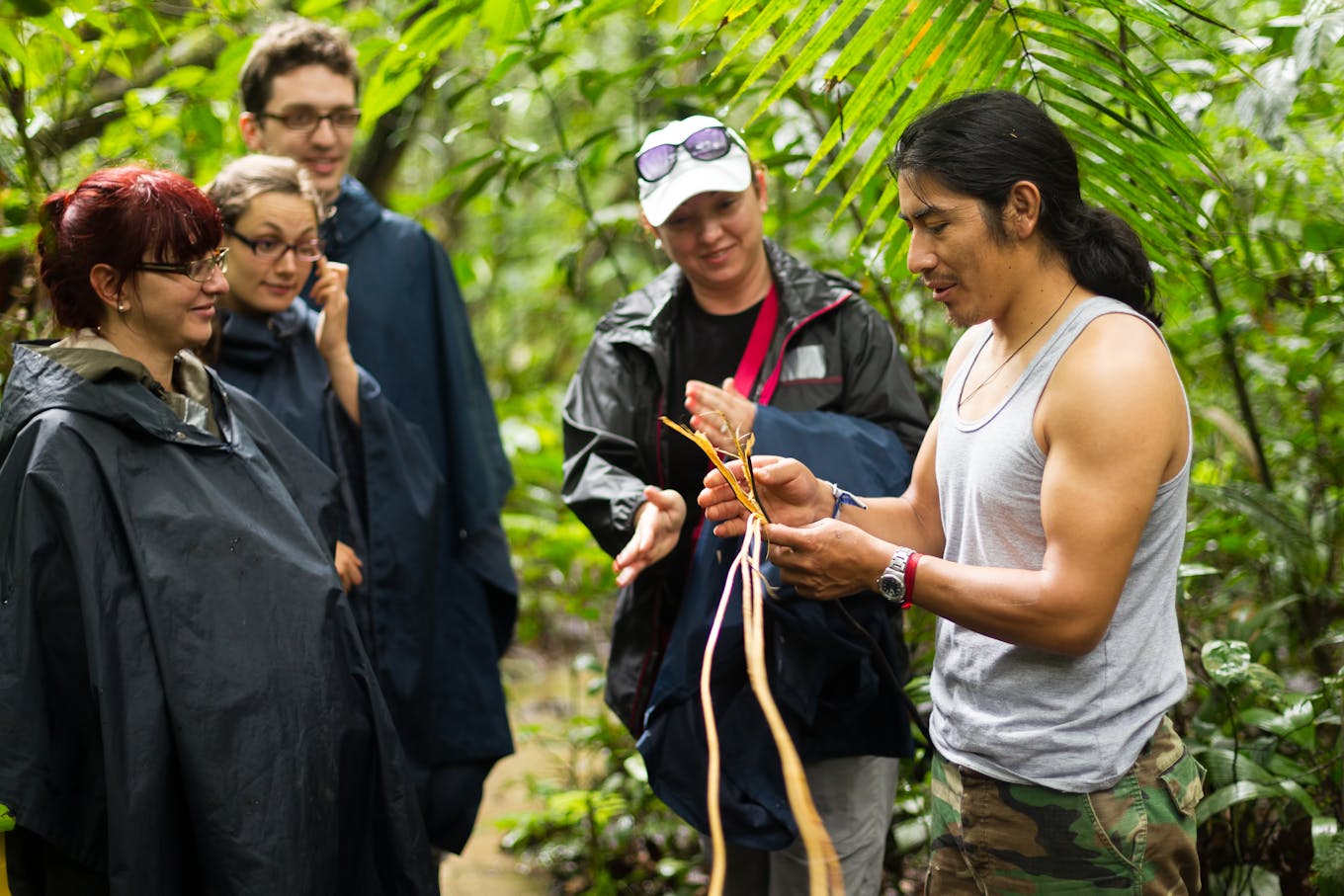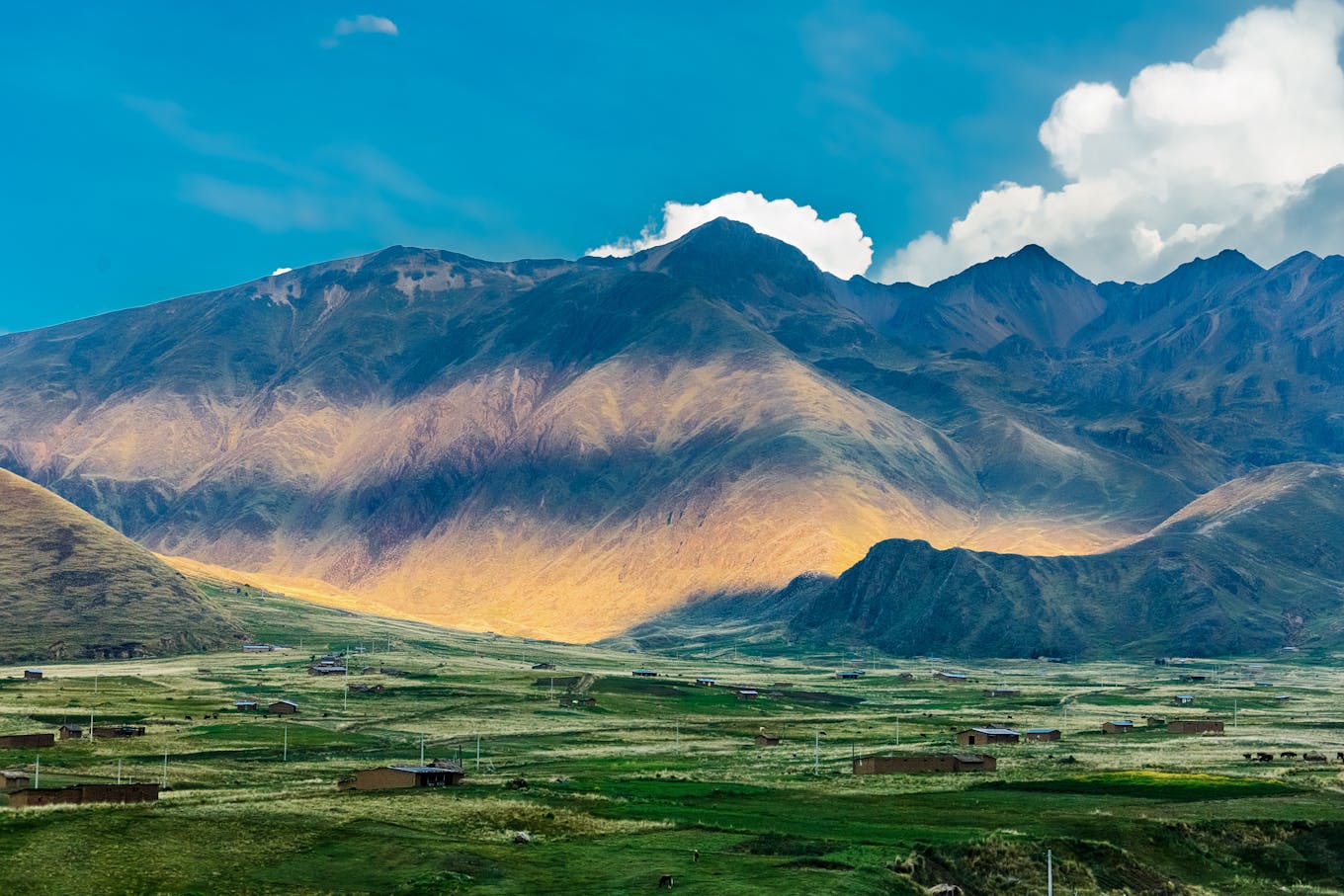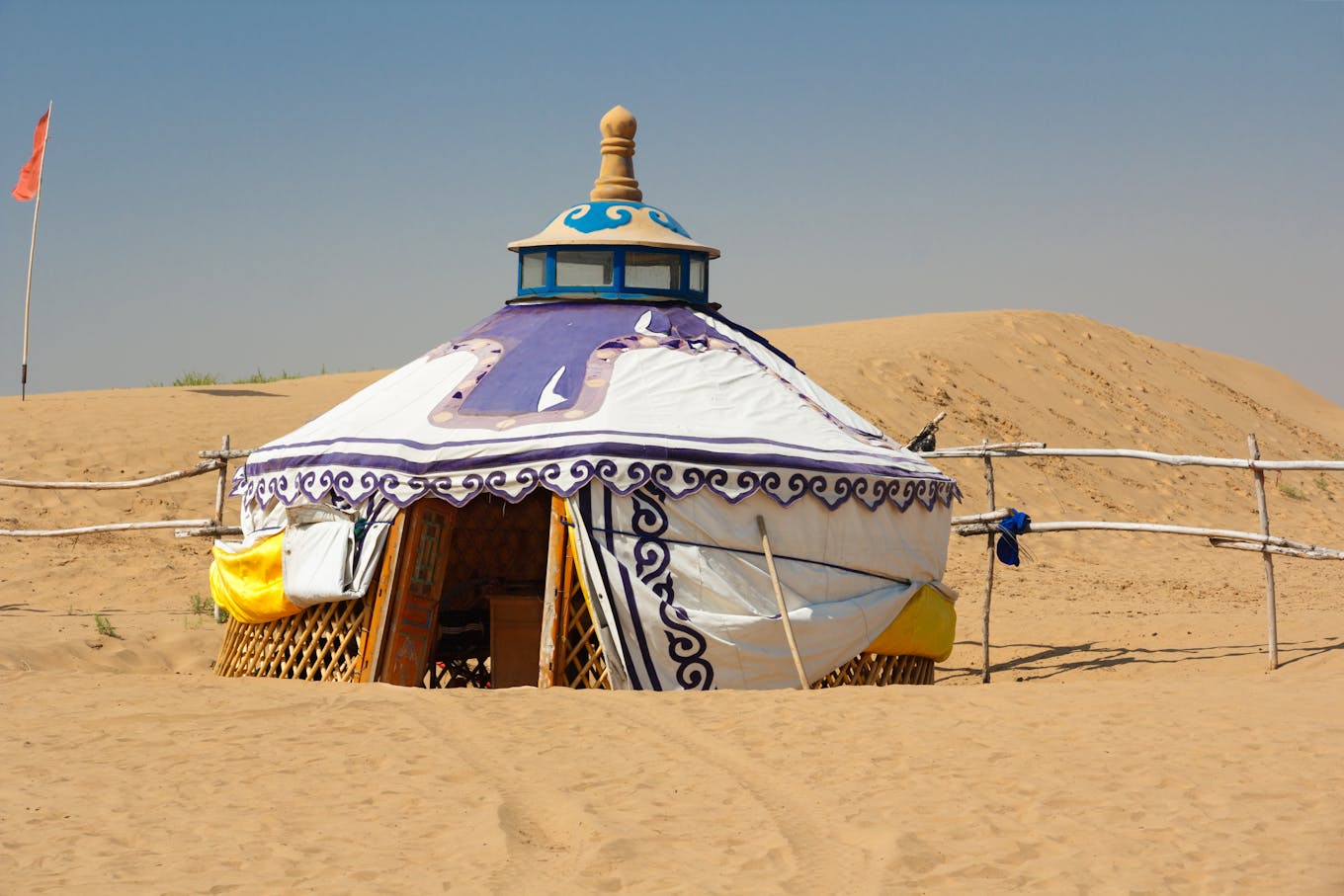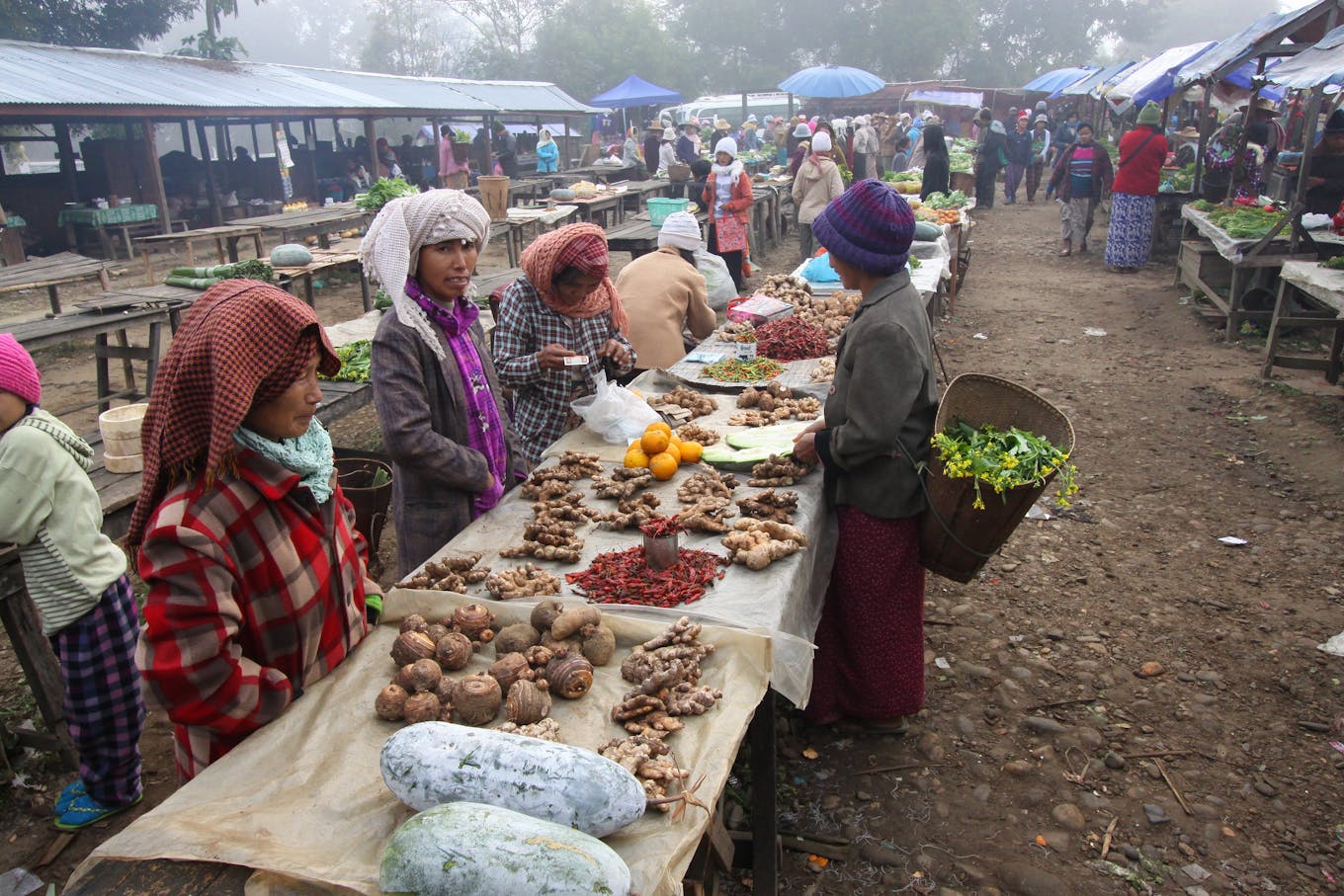Leisure travel is one of the behemoths of the service industry which, according to German statistics company Statista, contributed US$7.58 trillion last year to the global economy.
To continue reading, subscribe to Eco‑Business.
There's something for everyone. We offer a range of subscription plans.
- Access our stories and receive our Insights Weekly newsletter with the free EB Member plan.
- Unlock unlimited access to our content and archive with EB Circle.
- Publish your content with EB Premium.
Consultancy UK reports that the industry saw 1.18 billion travellers in international arrivals in the same period, and experts such as David Scowsill, president and chief executive of the World Travel and Tourism Council, expect this trend to continue.
“Whether in a recession or a growth period, the travel and tourism industry is extremely robust. It grows between 1 and 1.5 percentage points faster than the world economy,” he says.
Along with the global growth of the industry, eco-tourism has also been soaring in popularity.
In a study of the travel industry last year, consulting firm Deloitte found that the number of travellers who are aware of the sustainable travel issues and the willingness of these travellers to spend on environmentally-friendly travel have increased by a third in the last decade.
The same report also points out that “95 per cent of business travelers surveyed believe that the hotel industry should be undertaking ‘green’ initiatives and that sustainability will become a defining issue for the hospitality industry in 2015 and beyond”.
The statistics from a study by the Center for Responsible Travel prove it: Hotels and tour operators around the world such as Marriot, Hilton, Intercontinental Hotel Group and Accor have been responding to this wave of interest in ecotourism by appointing senior management positions to oversee sustainability practices in their business operations.
And while all this means more options for consumers, those thinking about embarking on an eco-tour will want to choose wisely to avoid falling prey to those capitalising on the popularity of eco-tourism by marketing themselves as “green” or “eco-friendly”, without fully implementing its principles.
The first step is understanding what it means. Eco-tourism, as defined by The International Ecotourism Society (TIES), is “responsible travel to natural areas that conserves the environment and improves the well-being of local people”.
It prioritises conservation, communities and education, allowing tourists to not just gain new experiences but also enhance their worldview through a mindful interaction with their destination.
Over the decades, eco-tourism has evolved with the times, and is no longer confined to ecologically significant locations, but has also spread to other types of communities that have as much to offer as traditional eco-tourism sites and would benefit from the direct support of tourism dollars and exposure.
When done right, the benefits of eco-tourism to society are far-reaching and tangible. In Hong Kong, for example, it has helped restore the island of Yim Tin Tsai by providing tourism dollars in the rebuilding of old churches and in supporting local families.

A naturalist guide with a group of tourists at the Cuyabeno Wildlife Reserve in Ecuador. Eco-tourism has helped boost the economy of this area near the Andes mountain. Image: Shutterstock
Eco-tourism has also been credited with the revival of developing areas such as Gao Giong in Vietnam and Cuyabeno in Ecuador.
But eco-tourism is not a panacea. A University of California Los Angeles study last year showed that wild animal populations can suffer from repeated exposure to human beings and lose their hunting instincts and ability to thrive in the wild. In East Africa, poor management of land use has also led to loss of pasture for some in the Masai tribe.
This underlines the challenge of the industry in ensuring that tourism is developed in a truly sustainable fashion. In recognition of this, the United Nations announced last December that 2017 will be the International Year of Sustainable Travel for Development.
Eco-tourism’s rising profile
Taleb Rifai, Secretary-General at the World Tourism Organisation (UNWTO), said at the announcement that this is “a unique opportunity to advance the contribution of the tourism sector to the three pillars of sustainability – economic, social and environmental, while raising awareness of the true dimensions of a sector which is often undervalued.”
Tour operators and government agencies will certainly take advantage of the heightened profile of eco-tourism by offering more eco-tourism options, but responsible travellers will want to take a cautious approach to deciding where to go and what to do.
A hiking trip in the remote hills of Chiang Mai, for example, might be a form of nature and adventure tourism, but cannot be considered eco-tourism if the host community does not benefit economically, nor if the tour activities damage the environment in any way.
Eco-tourism is also an effective and tangible way to give back to society, and engaging with the outside world in this way can also lead to some personally beneficial insight.
“
“Being an eco-tourist was life-changing in many ways. I think most of all, it was quite humbling… and gives you a new perspective on what one’s problems are back home.”
Research Institute Manager, Rachael Kiang
For research institute manager Rachael Kiang, 42, a Singaporean living in Sydney, the three ecotrekking expeditions she embarked on between 2010 and 2012 in Nepal were eye-opening journeys into not just the mountains, but into herself.
”For me, it was life-changing in many ways. I think most of all, it was quite humbling - the stark juxtaposition of the lives [of the local community] and those in privileged ‘developed’ countries…gives you a new perspective on what one’s problems are back home,” she said.
Planning an eco-tour begins with understanding what is out there, and then deciding what would work best for your budget, time and interests.
Here’s our guide to help you get started:
Agri/Agrotourism
Increasing interest is being paid to not just the natural world as vacation destinations, but to the rural or agricultural communities in remote corners of the world. There is greater recognition of the need to support these local populations not simply as a humanitarian effort but also as a preservation of their heritage and culture.

Learn more about coffee bean farming while enjoying this stunning view from the farms nestled in the foothills of the Sacred Valley of the Incas, Peru. Image: Shutterstock
Visitors participate in daily activities as a hands-on way to learn about different cultures and lifestyles, whether it be casting fishnets in small coastal villages in Brazil or harvesting coffee alongside farmers in Peru.
It is this immersion into a different world that provides the eco-tourist fresh perspectives on cultural diversity, while directly boosting local economies and giving small farms the opportunity to spread their knowledge of sustainable methods practised over generations.
‘Voluntourism’
Also known as “pro poor tourism“, this branch of eco-tourism overlaps with agri-tourism in that they both seek to improve the economic situations of the host communities by having visitors take part in their daily routines, but does it without the framework of an agricultural or rural livelihood.
Tours may include opportunities for habitat construction, tree planting, teaching, all with the focus of improving the living standards of the host population. For this reason, this kind of eco-tourism is also known as “voluntourism”.
For example, in Bogo City, Philippines, visitors stay with host families and can choose from a variety of projects, including refurbishment of buildings and teaching disadvantaged children literacy and numeracy. Travellers with medical expertise are also welcome to lend their services at the district hospital and regional health centres.
Besides such volunteer efforts benefitting the local community, income earned from providing food and lodging can be a good source of income for these communities who may otherwise need to resort to unsustainable occupations such as animal poaching.
Eco-lodging
This form of eco-tourism involves an emphasis on the location and sustainable qualities of the accommodation. It presents a unique way for the vacationer to experience their surroundings, where the accomodations are designed to fit into their environment, taking into account not just the natural context of the location, but any cultural or architectural relevances as well.

A ger in the Gobi desert is an interesting and fun way to experience the Mongolian culture. Image: Shutterstock
For instance, at Three Camel Lodging in the Gobi Desert, visitors get to experience the Mongolian nomadic herding culture by staying in traditional “gers”, tents made of animal hide and fur that have been the homes of nomadic herders of that area for thousands of years.
Strictly speaking, there is a distinction between eco-lodging and eco-resorts. Even when built to sustainable standards, the latter is often a luxury undertaking that offers more recreational facilities and personal services (such as spas) and may operate independently of the local culture.
Eco-Trekking
The focus of eco-trekking is the appreciation of natural surroundings and wildlife, typically (but not exclusively) in exotic locations. Visitors participate in outdoor activities, including camping, hiking, rafting, among others, all which allow visitors to take in the environment in a direct manner.

The local market in Putao, Myanmar is a good place to explore produce and mingle with locals. Image: Maciej Bledowski / Shutterstock.com
Besides nature observation, eco-trekking tours may include sojourns at local villages for exposure to local trade and culture. In Putao, Myanmar, trekking itineraries also involve visiting communities along mountain treks and remote cultivation sites to enhance the visitor’s understanding of the region. Eco-treks are often supervised by local guides who also provide background information about the region, such as its ecosystem, habitats, native species, and conservation needs.
If one or more of these types of eco-tourism look promising, here’s how you can start planning:
Resources
Online research will help you to determine what causes and issues you are most interested in, and also help to narrow down the locations that suit your preferences and budget.
Sites such as TIES, Greenloons and Agritourism World have lists of destinations according to region, causes and types of ecotourism that can help you find the ideal spot.
Once you have decided on your destination, you can cross-check the tour operator or agency with certification programmes to ensure their legitimacy. This is a crucial step that helps you to avoid falling prey to greenwashing.
There are several established industry standards to use, such as the Fair Trade Tourism Alliance and the Rainforest Alliance, both of which provide accreditation of sustainable tourism practices.
Green Globe 21 is a global implementation programme with several levels of certification for sustainability standards, and is widely used in the Asia Pacific region.
There are even certification standards that cater to different types of tourism, such as Blue Flag Global, an eco-label certification programme based in Denmark that ensures quality in sustainability efforts in coastal environments. They have awarded certification to sites in 49 different countries all over the world, from Brazil to Croatia to New Zealand.
This reference guide by environmental group Greenloons is a handy manual that includes many of the world’s leading eco-tourist agencies and their different accredited statuses.
Tips for responsible travelling
There are many ways to be a conscientious traveller, and it doesn’t always have to require weeks-long commitment to one destination nor involve a fully-facilitated eco-tour complete with a detailed itinerary.
Avoiding air travel is a good way to minimise your carbon footprint, so look to destinations that are accessible by mass public modes of transport, such as trains or buses. Plan your route to make the best use of the infrastructure already in place, and this can turn out to be the cheaper option too.
If air travel cannot be avoided, you can consider participating in a carbon-offsetting scheme offered by such airlines as KLM, Qantas and United. The Climate Neutral Now programme is another resource with ideas on how to cancel out emissions that you create from your trip.
Finding eco-friendly accommodation is easier these days with travel sites offering green alternatives. Airbnb, for one, offers various collections of such accommodations including It’s Easy Being Green and Urban Farms, where hosts have to ensure that their homes adhere to strict guidelines that embrace sustainability and an environmental conscience.
TripAdvisor offers a similar programme where hotels and bed-and-breakfast owners can apply to be certified various levels of “green-ness”, ranging from Bronze to Platinum statuses in their GreenLeaders Program. Customers can choose from a vast catalogue to suit all budgets in different locations.
Finally, no matter what kind of vacation you end up taking, you can support the local communities by staying, using, buying and renting local.




